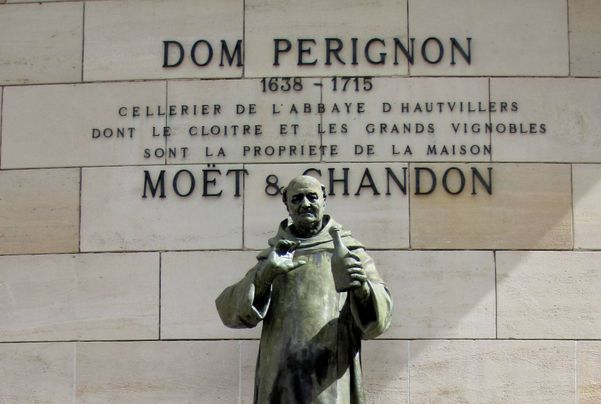
While the Bordelais have, over the years, never hesitated to talk up their vintages, the Champenois are traditionally more reluctant to do so. Not this year though. Champagne’s weather conditions were so perfect, both throughout the growing season and during picking, that leading figures in the industry there are quietly hopeful that this year could prove one of the appellation’s great vintages.

This was backed up by Michael Edwards, the pre-eminent English authority on sparkling wines, who told me that we could even be looking at the greatest vintage sine 1947. In concurrence with this view was Dominique Demarville, chef de cave of Veuve Clicquot. There appears to be long-term investment potential, therefore, for those who buy the top vintage cuvees and stick them away till they become scarce.
“Phenomenal” was the view of the 2015 vintage of Frank Nicaise, the cellar master of Henri Abele, the third oldest Champagne house. “We are now entering a long period of vinification, and will know in March if we have had an excellent, exceptional, extraordinary or outstanding year,” he told Vin-X. “Whatever the outcome, it is already a memorable one.”
Why though? Flowering in mid-June went well, dry warm weather ensuring a prospectively good yield. ‘The tone was set”, as Nicaise put it, in early July with scorching temperatures of nearly 40C. This was followed by “a period alternating between seasonable temperatures and intense heat.”
Contrary to all expectations, the vines, which can shut down when the mercury hits the high 30s Celsius, did not suffer heavily from the drought. Importantly, a rainy winter had filled up the limestone subsoil with enough water for the roots to draw on. Nicaise also reflected that the vines’ leaves had provided the grapes with enough effective protection against scalding. Finally, after weeks of dry hot weather, the right amount of rain fell in mid-August and on the 27th of the month to give stressed vines exactly what they needed. Cool nights were another significant factor, preventing acidity levels from dipping.

Nicaise takes up the story. “On the first day of picking, 1 September, ripeness was optimum, acidity was maintained, grape health was perfect with no botrytis, and weather conditions were ideal. Even the oldest winemakers could not remember another year like this one when a hot, dry summer was followed by an early September harvest. The chardonnay grapes had a wonderful golden hue, and a tasting of the musts confirmed impressions gained from a visual assessment. The fruit was extremely complex, offering a wonderfully fresh finish without too much acidity. The first Pinot Noir and Pinot Meunier juices displayed similar results, with richness of aromas and purity of fruit.”
The harvesting period of two weeks or so was blessed by sunshine. When rain finally did come at the very end of it, it was too late to cause any dilution. As Nicaise put it, “ripening continued and the balance between alcohol and acidity was maintained. When the final juices were gathered, the assessment was more than positive, pointing towards a high-level vintage.” It may yet prove to be much more than that.

